The Great Debate: Canon Vs. Nikon
When it comes to buying a DSLR camera, many buyers will choose between Canon or Nikon. They are the most established brands with the most extensive history in digital photography.
What is the difference between the two brands? Which one is the perfect fit for you? In this Canon vs. Nikon article, we will find out!
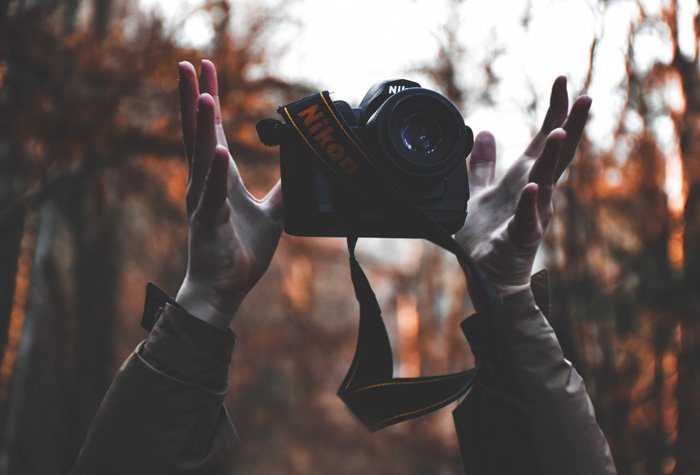
The Canon vs. Nikon Debate
The debate comes from those photographers wholly devoted to one or the other. As Canon and Nikon are the two most popular and widespread DSLR brands, it is natural that the most significant discussion is around them.
Back in the golden age of film photography, the Nikon vs. Canon debate was a lot less prominent. There were plenty of excellent cameras, and they all offered something different.
But a lot has changed since we entered the age of digital photography. Now, beginner photographers often choose between either Nikon or Canon cameras. In recent years, each has also started producing mirrorless cameras, slowly threatening to put Sony in second place.
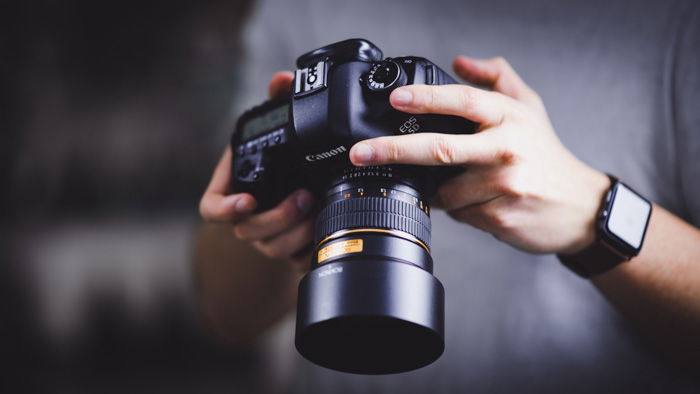
A Real-World Comparison
Both Canon and Nikon have their strongholds in different target niches. In the following sections, we will go through the areas where the two brands differ.
Lenses
One of the biggest reasons why Canon and Nikon are the most popular brands is their compatibility.
Canon’s EF range goes back to 1987. Meanwhile, Nikon’s F mount lenses began in 1959. That means you have a long list of photography equipment that would still work on your modern digital camera.
The main difference between the two brands is the autofocus. With Canon, all the EOS lenses have autofocus. Meanwhile, only Nikon AF-S lenses have autofocus.
It is also worth noting that even non-AF-S lenses still work on Nikon DSLRs. The only caveat is that you have to focus them manually.

Nikon decided to remove the autofocus motor from their entry-level DSLRs to keep their cameras smaller. This means you cannot use autofocus from older Nikon AF-S lenses if you have an entry-level DSLR.
In contrast, Canon has always had the autofocus motors in the lenses, not the bodies. That means you get to use older lenses with most camera bodies.
The newest Nikon and Canon lenses perform equally well.
If you prefer modern lenses with the latest technology, then consider Canon. Their L-Series’ quality and autofocus are noticeable.
There are more third-party vintage lenses available for Canon, which you can attach to the camera body with adapters.
However, Nikon has their own vintage and manual lenses, which are compatible with their DSLRs. This is not true for Canon.
When it comes to the mirrorless department, Nikon produced fewer lenses. Still, they are lighter and smaller.
Both brands recently started producing lenses meant to go on mirrorless bodies. This puts them in competition with Sony, leading the market with the Alpha series for years.
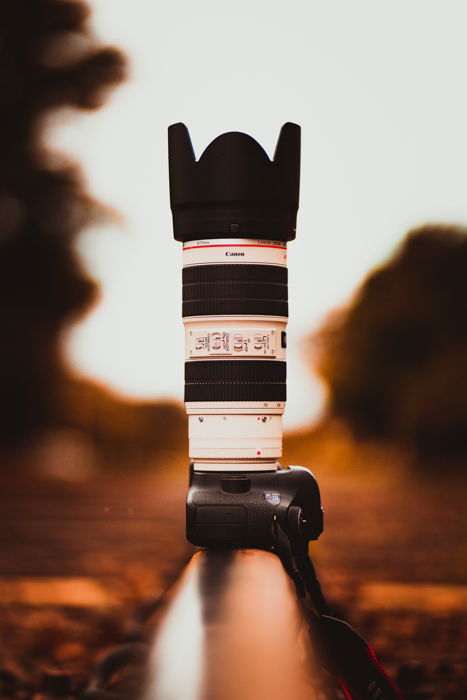
Sensor
As with every camera, there are crop and full-frame versions of Canon and Nikon as well.
The term crop factor describes the magnification any particular lens produces when you use it on a crop-sensor camera. This number differs between the two camera brands.
The crop factor of Nikon crop-sensor cameras is 1.5x. For Canon, the crop factor is 1.6x.
A larger sensor often means better resolution. The 0.1 crop factor difference between Nikon and Canon may seem insignificant, but since crop sensors are already small, even 0.1 helps your images with a resolution boost.
Smaller sensors also create better ‘magnification’. If you are a sports photographer, you can quickly turn a 100mm telephoto lens into a 150mm with a Nikon and a 160mm with a Canon body.
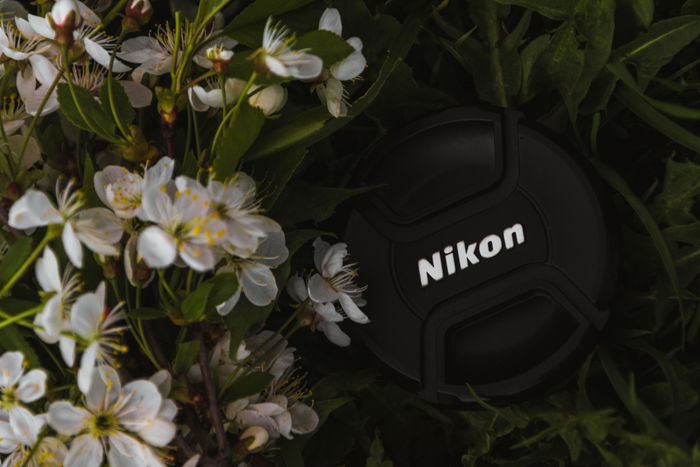
Ease of Use
One of the most crucial factors in the Canon vs. Nikon debate is usability. Many consider Canon DSLRs easier to handle, while Nikon takes the lead with mirrorless.
It is all about what feels right to you. When most photographers choose their brand, they often do not switch. After all, it is not easy getting rid of your equipment after spending so much on it. Think hard about your preferences before investing.
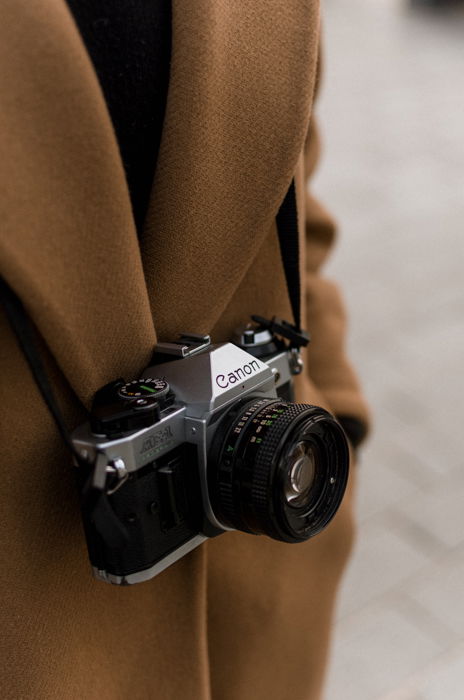
Canon vs. Nikon – Which is the Better Choice For YOU?
In this section, we collect cameras for different photography levels and purposes from both Canon and Nikon.
Entry-level DSLRs
When it comes to entry-level DSLRs, Canon has a greater palette. The 4000D, 2000D, and the recently released 250D are great examples of what beginner photographers are looking for.
The 250D can shoot in 24MP, 4k videos, and has a Dual Pixel autofocus system while still being affordable.
Apart from the great variety, it is also important to consider how well these camera bodies perform.
Nikon steals this department with the D3500, as it outranks its Canon competitors in almost every area.
It offers a resolution of 24 MP, 60p video recording, an ISO range of 100 – 25 600. Furthermore, its battery lasts longer (1550 shots). The only drawback is that this body is bigger and less compact than its Canon equivalents.
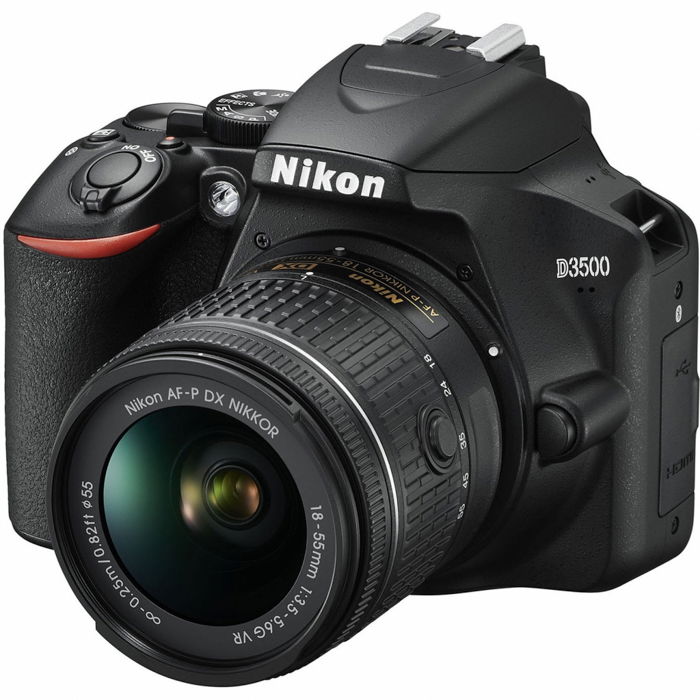
Mid-range DSLRs
With the current releases of the 90D and 850D, Canon wins this department. They keep improving their mid-range bodies, while Nikon only recently came up with two new bodies, D5600 (4 years ago) and D7500 (3 years ago). Also, in Nikon’s case, there were no significant updates compared to the previous generations.
While Canon’s 90D has a 33MP resolution with a tiltable LCD screen, 11 fps continuous shooting, and 45 cross-type focus points, the D7500 only offers 21MP, 8 fps, and 15 focus points.
It is also worth mentioning that Canon’s model includes improved modern features, such as a webcam function, focus bracketing, and excellent battery life.
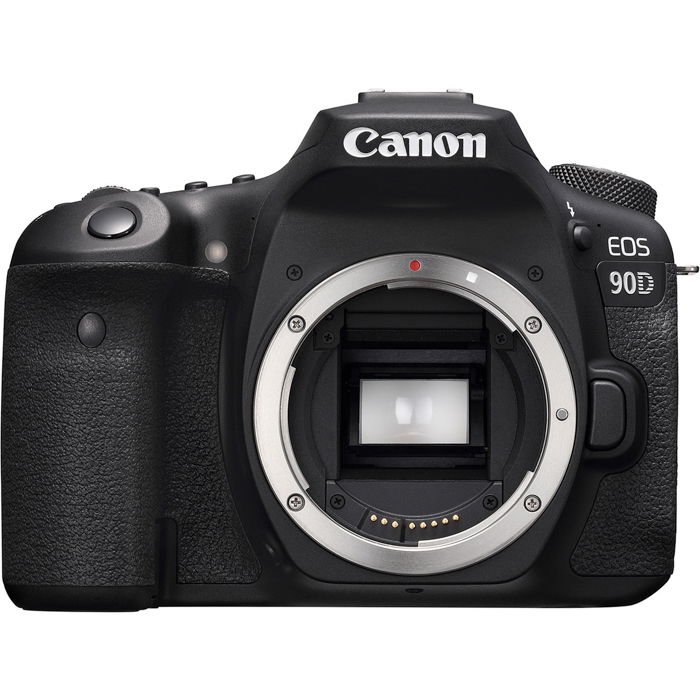
Prosumer DSLRs
This category is strictly about pro-end APS-C models and beginner full-frame cameras.
Canon has not upgraded its upper-end APS-C model called 7D Mark II since its launch in 2014. For this reason, Nikon D500 easily wins this category.
While Nikon’s body offers an ISO range of 100 – 51 200 (extendable to 102 400 – 1 640 000), Canon sticks to the comfortable ISO 100 – 16,000 (/-25 600) range. Also, Nikon has over twice as many focus points as Canon, 99 of which are cross-type. The smaller size and longer battery life are also worth mentioning.
When it comes to DSLR full-frames, Canon has the cheapest all-around option, the 6D Mark II. This body was released in 2017 and was a real competitor to the universal favourite Nikon D750. But since then, Nikon upgraded the series, coming up with D780 in 2020.
This Nikon camera body outperforms the Canon in every area, from ISO range to video capabilities, image quality, speed, and autofocus accuracy. There is a catch as there is a considerable price gap between the two. For this reason, 6D Mark II remains an affordable and reasonable choice for those looking for a beginner full-frame camera.
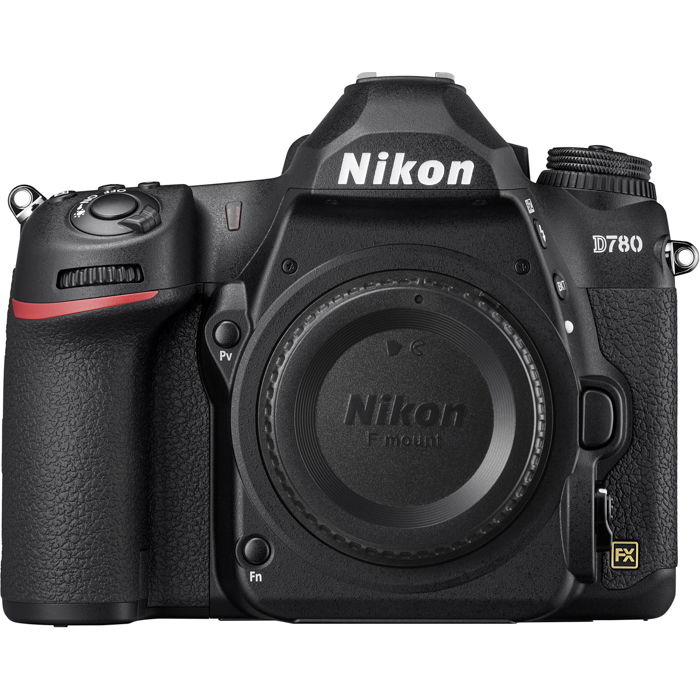
Top-end DSLRs
In the upper-end full-frame cameras, the winner is not as straightforward. Canon has not upgraded the 5D Mark IV since 2016, while Nikon’s D850 is still the market leader.
If we look at the comparison, we can see why Nikon takes the lead here. Its 46 MP vs. Canon’s 30, the huge number of focus points (153), and its dynamic range and bracketing capabilities are determining features.
On the other hand, looking into the absolute best DSLR cameras, a Canon model wins the competition. The Canon 1DX Mark III vs. Nikon D6 debate has been going on since D6’s 2020 debut. The general conclusion is that Nikon still does not beat the best Canon DSLR.
While their capabilities are close, the 1DX Mark III still excels in some areas. These include video shooting (5.5K resolution with 120 fps), 20 fps continuous shooting, and built-in GPS.

Entry-level Mirrorless Cameras
This is the area where Nikon is lacking. There is no real Nikon competitor to Canon’s M200.
M200 is a crop sensor entry-level mirrorless camera. It offers 24 MP resolution, an ISO range from 100 to 25 600, 6 fps continuous shooting, and internal flash.
It also includes several technologies that you cannot find in older DSLR cameras, such as built-in WiFi, Bluetooth, and a touchscreen.
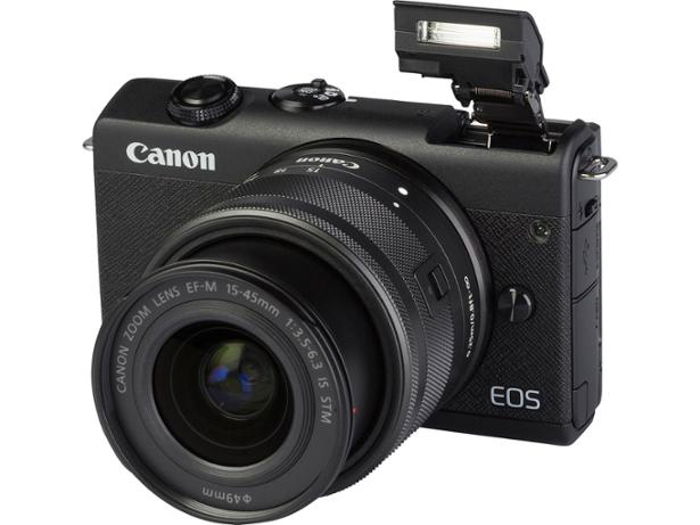
Mid-range Mirrorless Cameras
In this range, there is a tight competition between the Canon EOS M6 Mark II and Nikon Z50.
Both bodies offer an APS-C sensor, an adjustable LCD screen, Bluetooth and WiFi connection, even a touchscreen and webcam function. However, there are some areas where the Z50 wins over the M6 Mark II.
It has a significant number (209) of focus points, as opposed to
Canon’s 143. It also has twice as wide an ISO range, a longer flash
coverage, and weatherproof sealing.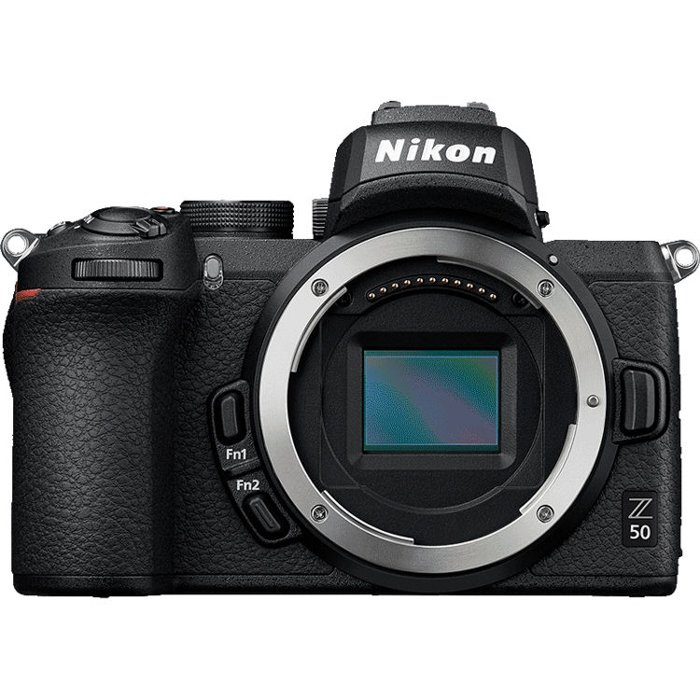
Top-end Mirrorless Cameras
Just like with DSLR top-end cameras, there are different categories in this area with mirrorless as well.
Canon EOS RP leads the market in the lower end, without a real competitor. In the enthusiast full-frame mirrorless cameras department, Nikon Z6 and Canon R6 compete. The winner here is not so obvious, as the Z6 sensor, handling system, and price are more favourable. On the other hand, the R6 provides better video shooting opportunities and low-light management.
When we talk about the best mirrorless camera from these brands, we must mention Canon R5 and Nikon Z7. Here, Canon has a significantly better video and low light management system.
The reason is that Z7 is two years older. Significant mirrorless improvements have taken place over the past few years.
Nikon is threatening to win both of these categories with the release of Z6 II and Z7II. Until then, Canon is the camera body to go for if you are looking for the best.
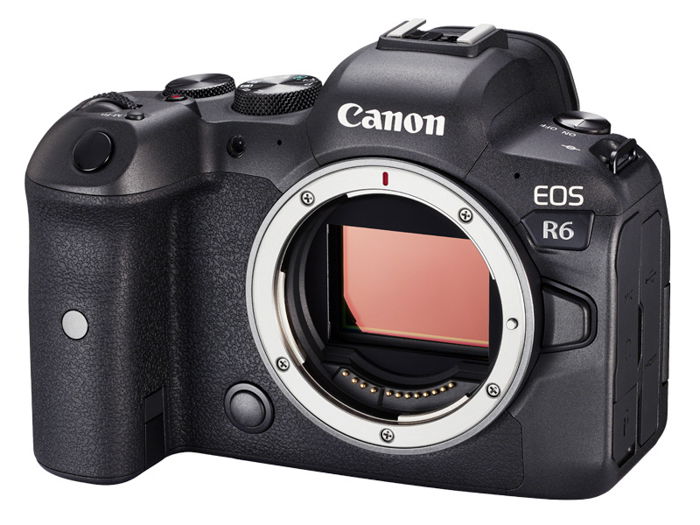
Canon and Nikon are the two most widespread digital photography brands. The debate between the two camera brands has been going on for decades and still does not have a consensus.
Both brands have their strengths and weaknesses. Canon is better when it comes to compatibility. Nikon wins on the mirrorless market.
-----------------------------------------------------------------------------------------------
PHOTOGRAPHY FREEBIE:
How to make money with your Photography even if you're not a Pro.
Copy & paste this link into your browser, click ENTER, and enjoy:
https://mrdarrylt.blogspot.com/2020/01/how-to-make-500-month-from-your.html
_______________________________________________________________
Kick Covid 19s' butt Tee shirt

Kick Covid 19's butt! Classic Tee Shirt
Click Here
No comments:
Post a Comment
Note: Only a member of this blog may post a comment.